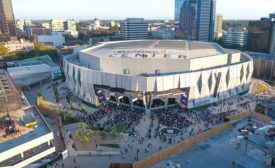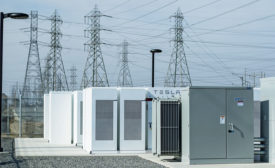Sustainability
Green Design & Construction
McLennan House Resets the Stage for Supersustainability
A pioneering designer builds a house that will showcase his ambitious sustainability principles
Read More
Drinking Water
How to Build a Versatile Water Treatment Plant
Three water sources, three treatments challenge construction team at Florida plant
Read More
Smart Cities Offer New Ideas for Connectivity
Integrated elements designed and constructed through innovative partnerships offer the keys to success for future-looking communities
Read More
The latest news and information
#1 Source for Construction News, Data, Rankings, Analysis, and Commentary
JOIN ENR UNLIMITEDCopyright ©2025. All Rights Reserved BNP Media.
Design, CMS, Hosting & Web Development :: ePublishing












